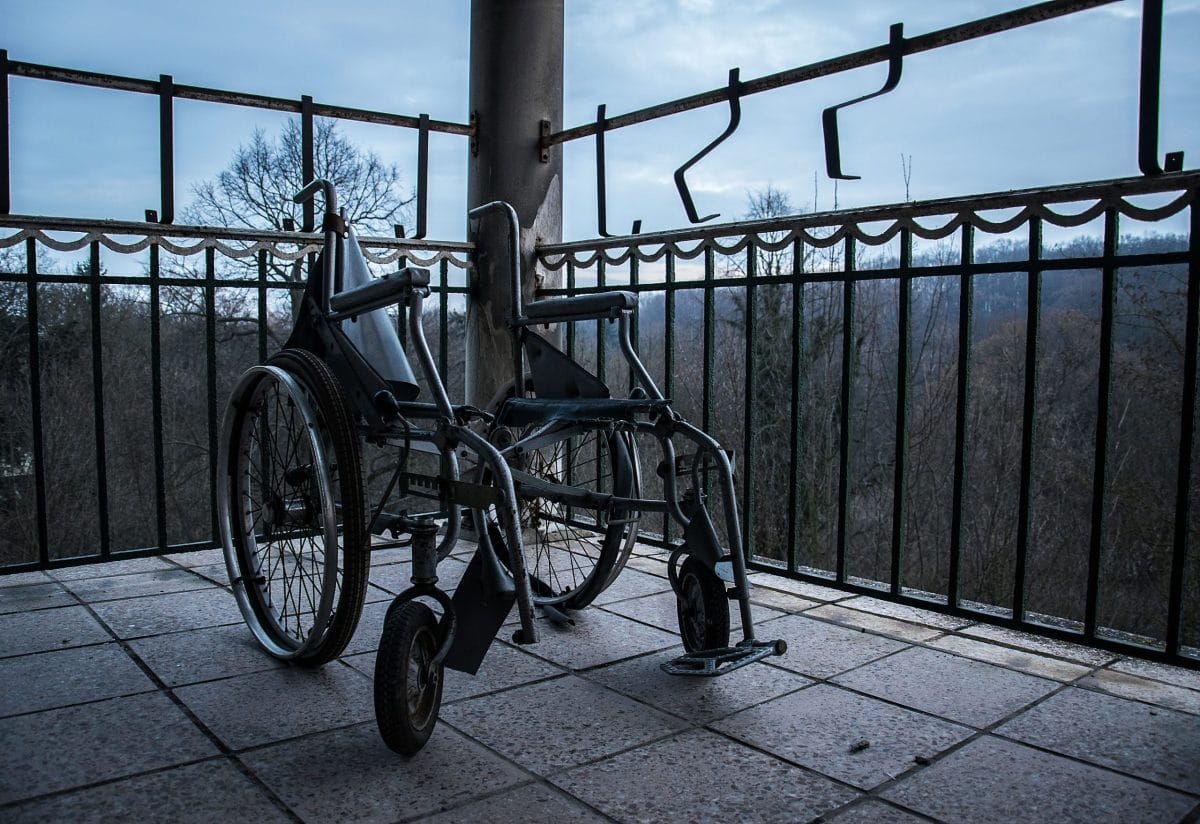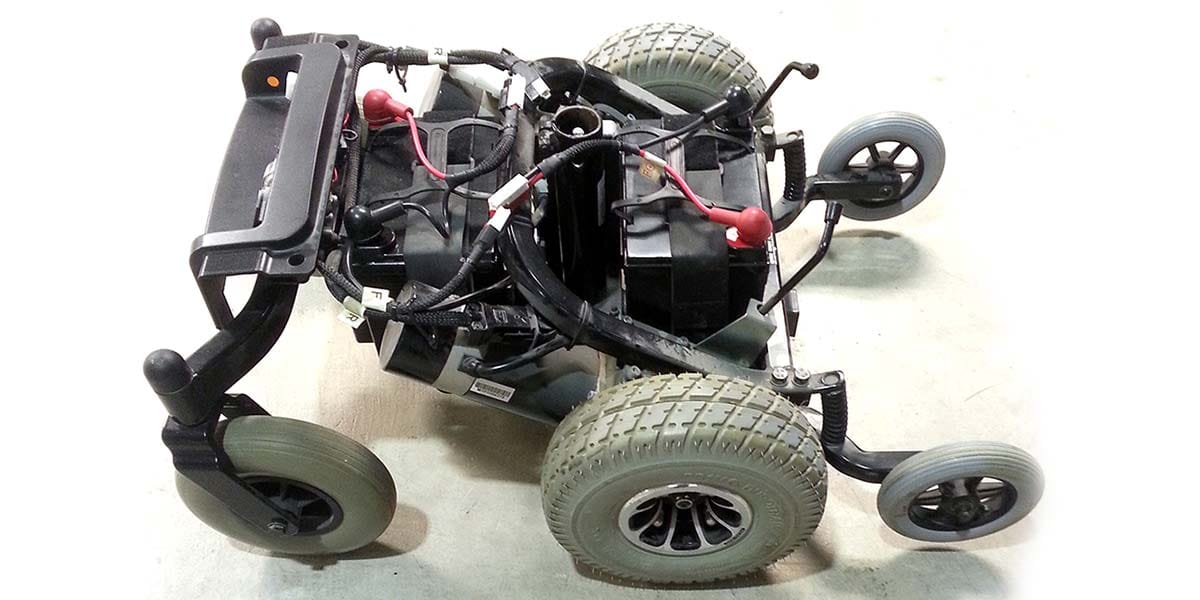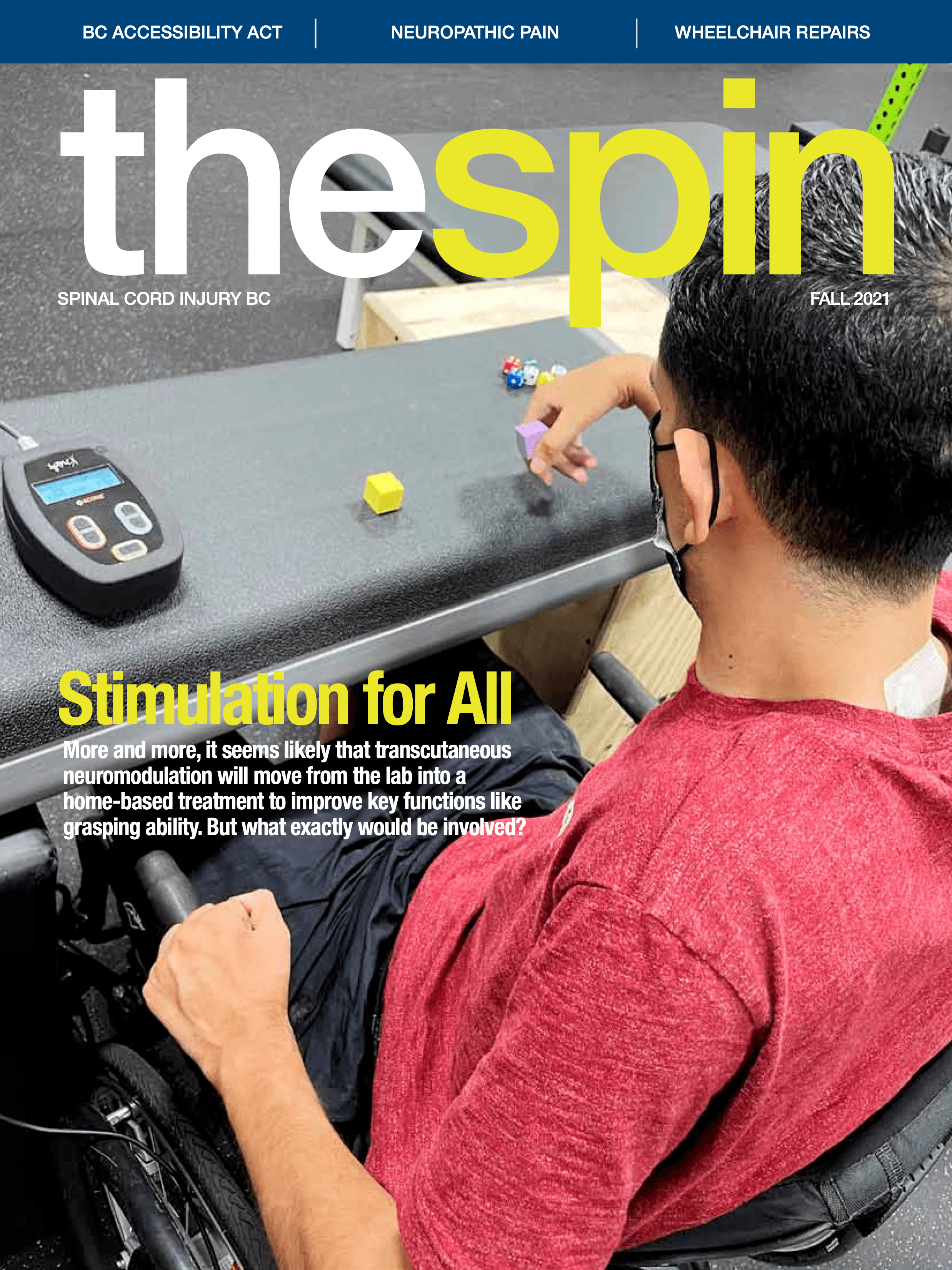New research sheds light on just how unreliable wheelchairs are—and the high costs of getting them repaired.

Wheelchairs are a critical piece of kit for the majority of our readers. They’re not a luxury, nor are people confined to them. They are replacements for legs that no longer work; a lifeline to independence and the world around us. So you’d think something as fundamental as a mobility device would be engineered to bulletproof standards, wouldn’t you? But the reality, as many readers know, is that wheelchairs break down. A lot.
Just how often they fail hasn’t ever really been determined, but a new study by a team of US researchers from the Spinal Cord Injury Model System sheds some light on the problem.
The researchers surveyed 533 wheelchair users at nine Spinal Cord Injury Model Systems Centers located across the United States about their experiences over the prior six months. How often did participants require wheelchair repairs? What was the impact of needing repairs on participants’ independence, and how long did these consequences last? Which types of wheelchairs are more likely to need repair, and what are the most common repairs needed? These were all questions in the study’s survey.
The results of the study, titled Factors Influencing Incidence of Wheelchair Repairs and Consequences Among Individuals with Spinal Cord Injury, were published this past April in the Archives of Physical Medicine and Rehabilitation.
Over 50% of wheelchair users had breakdowns within last 6 months
They revealed that 56 percent (310) of the wheelchair users surveyed experienced breakdowns needing repairs within the last six months. Of these, about 42 percent were impacted with significant financial and personal consequences (such as being stranded in their homes) as a result of the breakdown. For many, consequences lasted for more than two weeks, and those with the least financial resources were the most commonly impacted. Many participants reported that the high cost of repairs limited their participation inside and outside the home in an effort to reduce the risk of damaging their wheelchair. Others reported that the cost of repairs prevented them from getting the wheelchair fixed altogether.
Not surprisingly, power wheelchair users were almost twice as likely to experience a repair—and an adverse consequence—as manual wheelchair users.

“The higher incidence of repairs and consequences secondary to needed repairs among power wheelchair users is likely tied to them using more complex systems,” says lead author Dr. Lynn Worobey, assistant professor in the Department of Physical Medicine and Rehabilitation at the University of Pittsburgh. “The electrical and control systems are what are most likely to require attention based on user reports. The other caveat for power wheelchairs is we know repairs are much more often completed by a vendor, as opposed to manual wheelchairs, in which users may be able to complete maintenance themselves more often.”
Worobey adds that the leading types of repairs needed, regardless of type of wheelchair and in order of incidence, were for tires, positioning supports, cushions and brakes. Among power wheelchair users, controllers, batteries and seating required the most repairs.
The research team concluded that this ongoing problem needs to be addressed with action—creating higher standards of wheelchair quality, expanding access to faster repair service, and providing enhanced user training on wheelchair maintenance and repair.
Ten most frequently prescribed chairs exceed 50% of repairs. Why?
“Reliability is certainly a component of it,” says Worobey. “Independent testing has shown that manual wheelchairs and power wheelchairs commonly do not pass minimum durability standards outlined by ANSI/RESNA (RESNA is the Rehabilitation Engineering and Assistive Technology Society of North America, which creates minimum standards for mobility devices for ANSI, or the American National Standards Institute). One of the big takeaways that was neutral to manufacturers is that, for the 10 most frequently prescribed wheelchair models in the sample, repairs exceeded 50 percent across all of them.”
She adds, however, that a lack of usage data has limited the ability to make accurate comparisons across chairs or manufacturers. “We have started to collect some of this data,” she says.
Competitive bidding required by public funders is likely another contributor to the high incidence of repairs, according to Worobey. “The institution of competitive bidding has likely led to cost-cutting practices across the continuum—from manufacturers to suppliers related to how wheelchairs are built, tested, provided, and serviced—that has impacted repairs across the board. While it may reduce Medicare program costs, it also forces suppliers to reduce payment levels. Because the acquisition costs aren’t changing, it’s likely that quality of wheelchairs, and the quality of maintenance and repair service, are sacrificed.”
To illustrate her point, she explains that a lower quality chair may end up being prescribed or “pushed” because it may have a higher profit margin for reimbursement. The researchers believe that there are relatively simple ways of improving the situation.
Survey reveals some solutions
“Based on what we learned in the survey, there are some simple measures, such as providing a borrowed wheelchair to people so they have mobility while their chair is being repaired, that could reduce the adverse consequences,” says one of the paper’s co-authors, Dr. Trevor Dyson-Hudson, director of the Center for Spinal Cord Injury Research and co-director of the Spinal Cord Injury Model System Center at the Kessler Foundation. “Other facilitators include increasing the speed of repairs, training people in wheelchair maintenance, and routinely scheduling follow-up appointments after a repair is made, so any subsequent problems can be caught early.” Currently, there are no clinical or industry standards for wheelchair maintenance, and surveys tell us that fewer than 50 percent of wheelchair users are trained in wheelchair maintenance. This lack of official guidance prevents the implementation of best practices that could significantly reduce adverse consequences related to wheelchair breakdown and time for repair, explains Worobey. She also believes that policy related to repairs is inadequate and incomplete. One example is that many funders won’t cover preventative maintenance.
Currently, there are no clinical or industry standards for wheelchair maintenance, and surveys tell us that fewer than 50 percent of wheelchair users are trained in wheelchair maintenance. This lack of official guidance prevents the implementation of best practices that could significantly reduce adverse consequences related to wheelchair breakdown and time for repair, explains Worobey. She also believes that policy related to repairs is inadequate and incomplete. One example is that many funders won’t cover preventative maintenance.
“In other words, something has to break before they will fix it,” she says. “We know that the timeline to when that repair is completed is protracted, and wheelchair users are suffering because of that. Wheelchair users learning how to complete basic maintenance—cleaning the casters, lubricating moving parts— like one would with a car can help, but policy changes are needed as well.”
Until the situation changes, Worobey says wheelchair users will need to largely rely on themselves and be proactive. “Repairs are prevalent and it’s a scary trend that has been increasing over time,” she says. “Until we are able to make policy changes, it’s important to advocate for yourself to get repairs done in a timely manner. And learning how to complete preventative maintenance can help prevent some of these repairs.”
 This article originally appeared in the Fall 2021 issue of The Spin. Read more stories from this issue, including:
This article originally appeared in the Fall 2021 issue of The Spin. Read more stories from this issue, including:
- Transcutaneous Neuromodulation
- Emergency Preparedness
- Accessible BC Act
And more!



